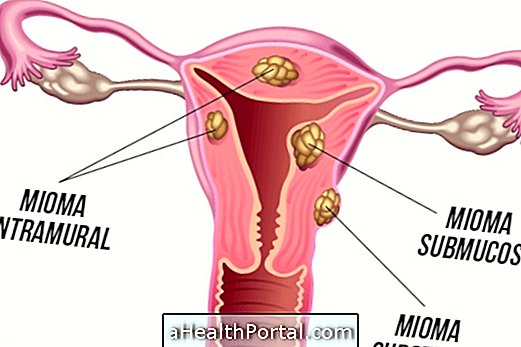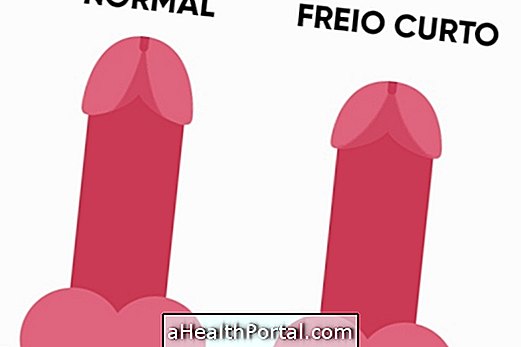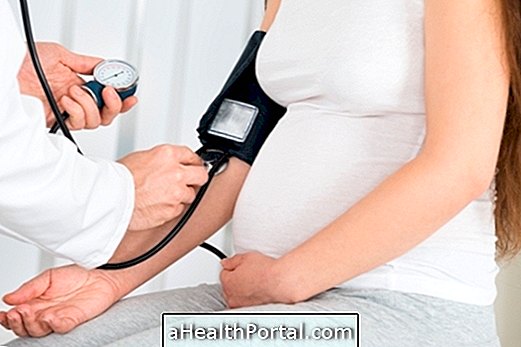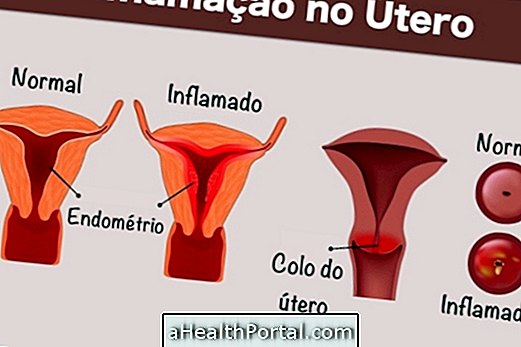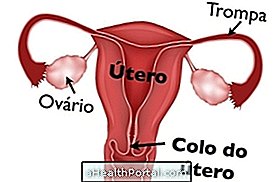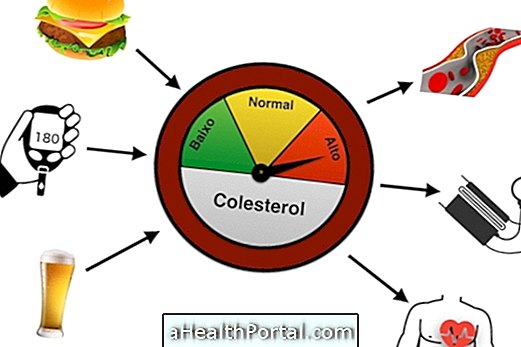Inflammation in the ovary, known scientifically as oophoritis or ovaritis is usually caused by bacteria that affect the woman's reproductive system, but can also happen when there is a lack of control in the immune system, which starts to attack the ovaries themselves.
When this happens, the most common symptoms include:
- Constant fever above 37.5 ° C;
- Nausea and vomiting;
- Pain in the lower part of the belly;
- Pain when urinating or during intimate contact;
- Vaginal discharge or bleeding outside the menstrual period;
- Difficulty getting pregnant.
However, as these symptoms are common to other diseases like endometriosis or inflammation in the tubes, it is important to consult your gynecologist to identify the correct cause and start the appropriate treatment.
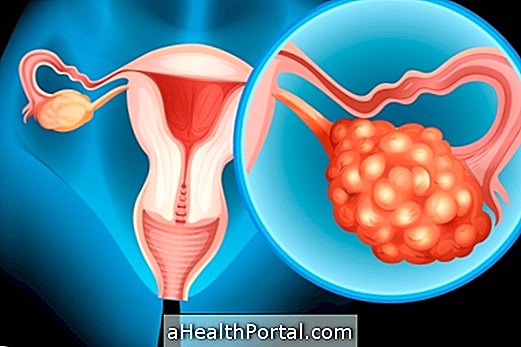
Main causes of inflammation
Inflammation in the ovaries is usually caused by bacteria, which can affect only one or both ovaries, being called bilateral oophoritis when it affects both.
When inflammation is caused by the destruction of the ovary cells by the body's own immune system, the disease is called autoimmune oophoritis. Chronic oophoritis is characterized by recurrent infection in the ovaries, and when not treated can lead to changes in the menstrual period and infertility.
In addition, oophoritis may also occur as a consequence of a complication of mumps.
How to treat inflammation
Treatment for ovarian inflammation is usually done with the use of antibiotics prescribed by the gynecologist, such as Amoxicillin or Azithromycin, for about 8 to 14 days.
However, your doctor may also prescribe anti-inflammatories, such as Ibuprofen, medicines for motion sickness such as Metoclopramide, or painkillers for pain, such as Paracetamol, to help alleviate the symptoms that arise with inflammation.
In the case of chronic inflammation or when the woman also has inflammation of the tubes, hospitalization may be necessary to make use of drugs through the vein. In the more severe cases, the doctor may still indicate surgery to treat the problem, which may include removal of the ovaries.
Inflammation of the ovaries can also be confused with inflammation of the uterus, so look for the most common symptoms in this case.


